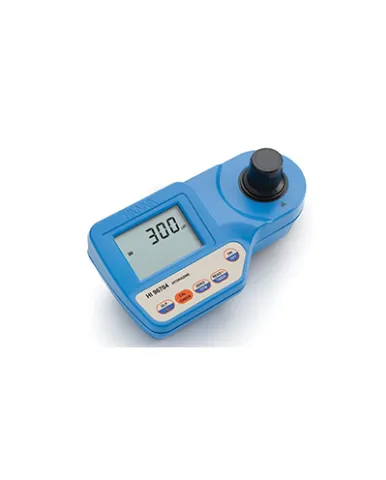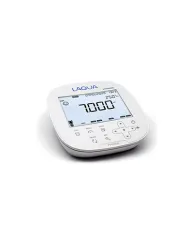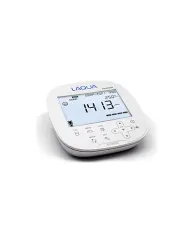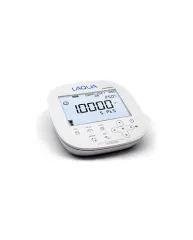Product

Portable Hydrazine Photometer – Hanna Hi96704
Category :
Water Quality Meter
Water Quality Meter
Price :
Rp.10.600.000
More From Water Quality Meter
Benchtop PH/ORP/Temp Meter - Horiba Laqua PH-2000-S
Water quality analysis is repeatedly performed in laboratories on a daily basis. Our compact and powerful benchtop model was developed to provide simplicity with excellent on-site usability.
Rp.18.000.000
See DetailsBenchtop Conductivity/TDS/Res/SAL/Temp Meter - Horiba Laqua EC-2000-S
Water quality analysis is repeatedly performed in laboratories on a daily basis. Our compact and powerful benchtop model was developed to provide simplicity with excellent on-site usability.
Rp.21.600.000
See DetailsBenchtop ION Ammonia/PH/ORP/Temp Meter - Horiba Laqua NH3-2000-S
Water quality analysis is repeatedly performed in laboratories on a daily basis. Our compact and powerful benchtop model was developed to provide simplicity with excellent on-site usability.
Rp.38.000.000
See Details



